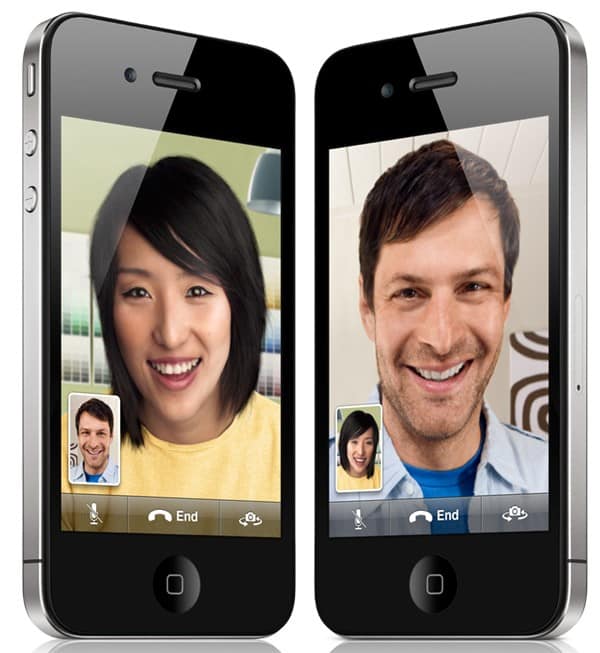Despite modern technology touting the improvement of interpersonal communication, face-to-face social interactions, especially among young people, have been rapidly declining. More and more, today’s youth select one-way methods of communication like text messages and e-mail to deliberately avoid face-to-face conversations and confrontations.
According to a 2012 article in The Seattle Times, statistics from the Pew Internet & American Life Project show that the younger you are, the more likely you are to choose text messages over phone calls as preferred methods of communication. A USA Today survey found that out of 1,500 daters between the ages of 21-50, 59% would break up with someone they were dating via text. The reason that young people generally choose one-way methods of communication seems clear. “It removes confrontation,” says Naomi Baron, a linguistics professor at American University tells USA Today. “You don’t have to have a big knock-down-drag-out fight, but you also don’t get that experience of having to interact in uncomfortable situations — face-to-face live situations.” Molly Trollinger, a recent psychology graduate from the University of Colorado in Boulder emphasizes the importance of non-verbal cues such as facial expressions and hand gestures, which are lost in the world of one-way communication. “When you send a text message, the tone in the voice is lost and can lead to confusion, which is one example of how important face-to-face communication can be in certain circumstances,” Trollinger says.
The waning ability of young people to interact via face-to-face communication methods manifests itself in the dating world and other social situations in the workplace, at school, and through modern family dynamics. The New York Times quotes psychologists Kaveri Subrahmanyam and Patricia M. Greenfield, “initial qualitative evidence is that the ease of electronic communication may be making [young people] less interested in face-to-face communication with their friends. More research is needed to see how widespread this phenomenon is and what it does to the emotional quality of a relationship.” This research is necessary, according to experts, since childhood and teenage relationships reflect how able individuals are to form healthy adult relationships.
Of course, there are pros and cons to modern technology and its affect on communication. A benefit of one-way methods of communication according to Molly Trollinger is that “they allow for more thought to go into the idea being expressed.” Technology does not always infringe on face-to-face communication. Applications like Skype and FaceTime are both perfect examples of modern two-way communication and allow for the possibility of long-distance conversations once never thought possible.

Even though they are becoming less popular among the Millennial generation, phone calls and face-to-face conversations are important methods of communication as they ever were. Showing you are comfortable talking in person and on the phone displays a level of professionalism that is necessary when job hunting and engaging in social interactions. According to Inc. Magazine, “One study by UCLA psychology professor Albert Mehrabian found that 55% of meaning in an interaction comes from facial and body language and 38% comes from vocal inflection. Only 7% of an interaction’s meaning is derived from the words themselves.” Learning to excel at face-to-face communication can help young people stand out among their competitors in the job market. One way to feel more comfortable speaking on the phone and face-to-face is simply to practice. Try calling a relative or friend to catch up instead of sending an impersonal text message. When personal phone conversations become a regular part of your life, professional phone calls will feel that much easier.

Technology-free days are becoming increasingly popular in today’s wired world. According to a 2005 survey cited by CBN.com, most Americans spend at least nine hours a day watching TV, surfing the web, or talking on their phones. Of those hours, one-third of the time is spent consuming two or more of those medias at once. The article notes that increasing media dependency is responsible for shorter attention spans, decreasing abilities to forge meaningful relationships, and creating the expectation that we should be contactable 24/7. Taking the occasional break from technology can lower stress levels, improve relationships and force you to come up with creative ways to spend your time.
Many resources providing information about when to use one-way methods of communication and when to opt for their more traditional counterparts exist on the Internet and can be found by using a search engine. These sources can provide solid guidance for today’s youth who need to be equipped with the ability to use both. With this knowledge, the millennial generation can simultaneously excel at the art of conversation while embracing the marvels of modern technology.

